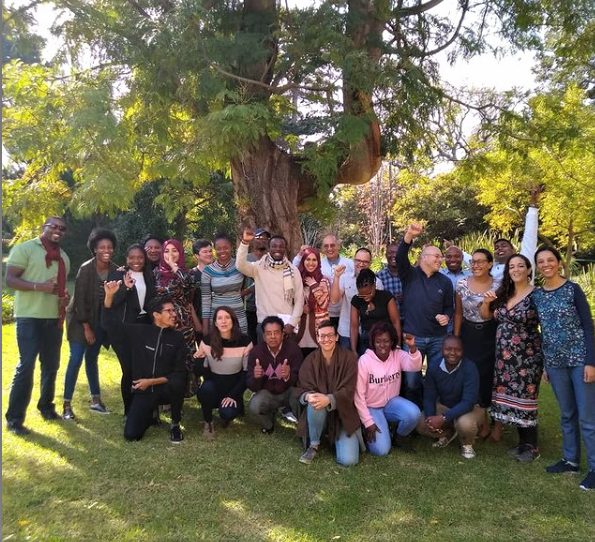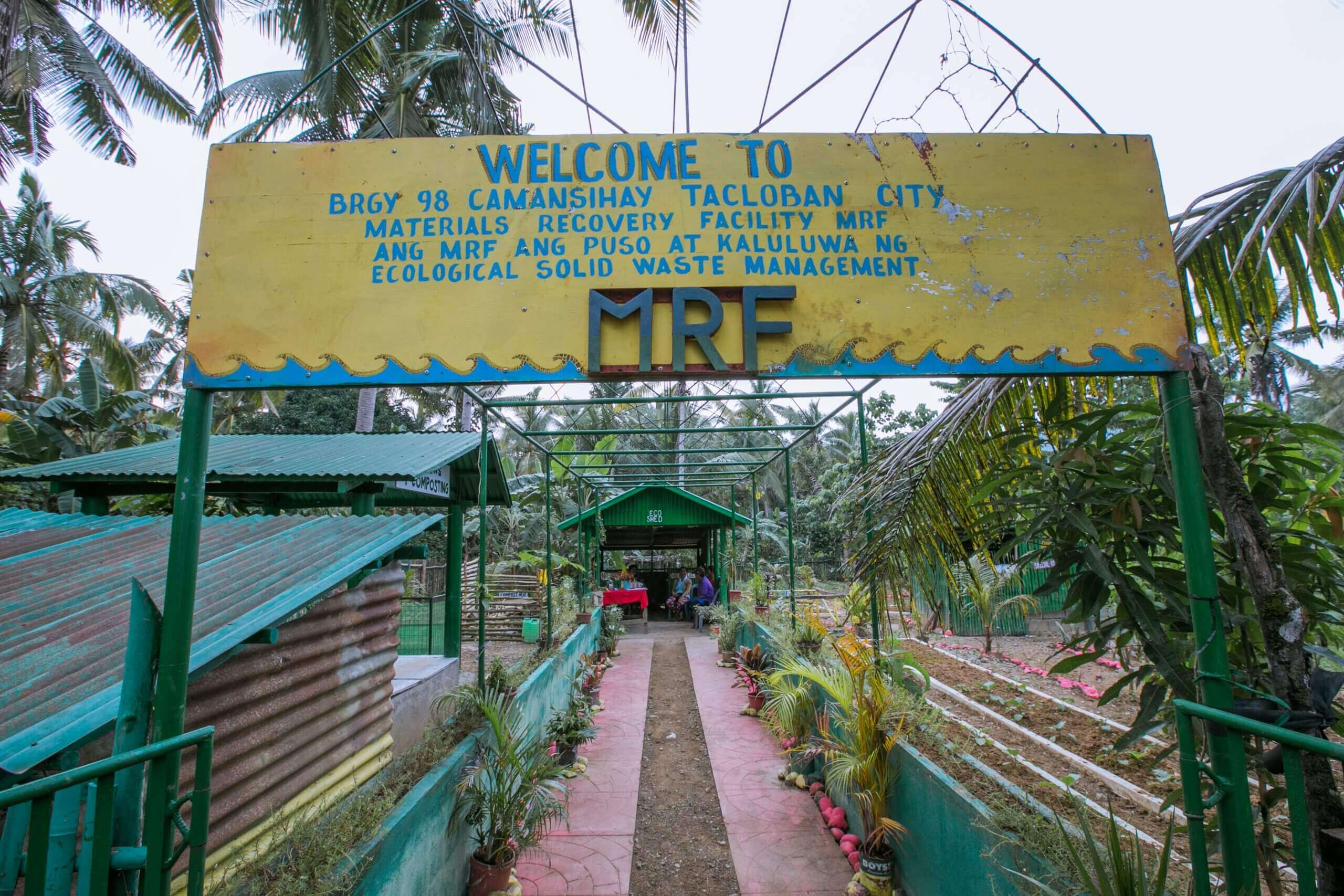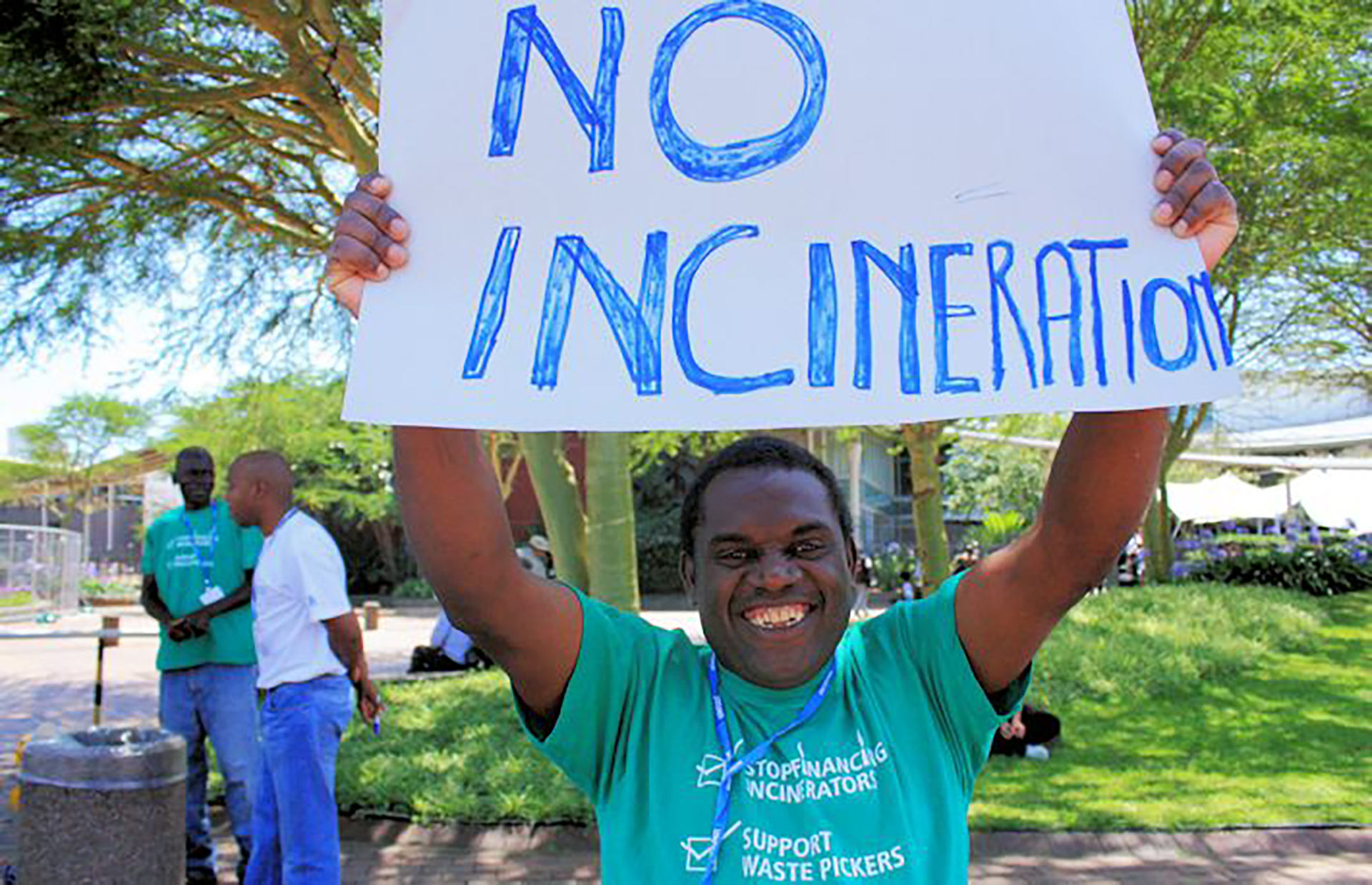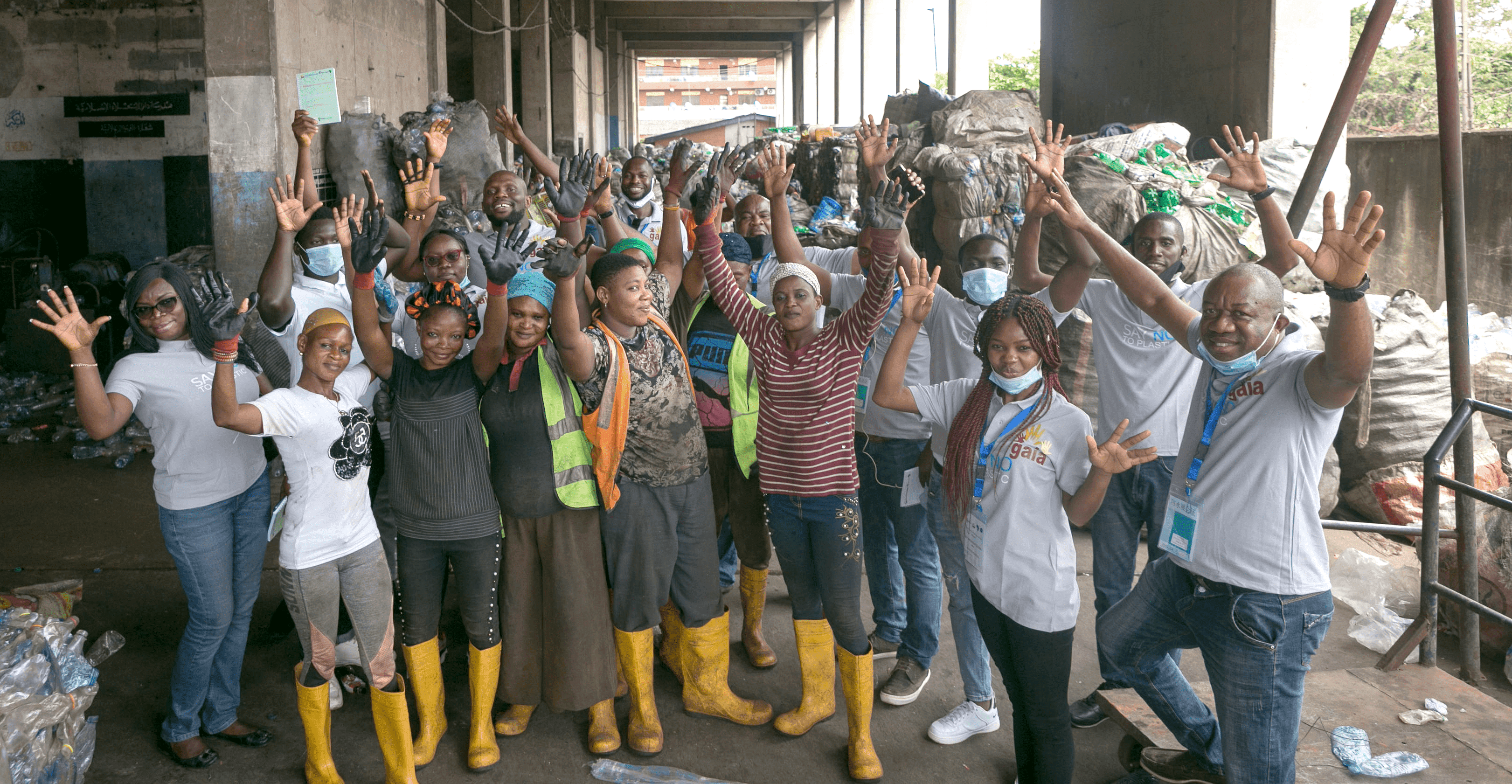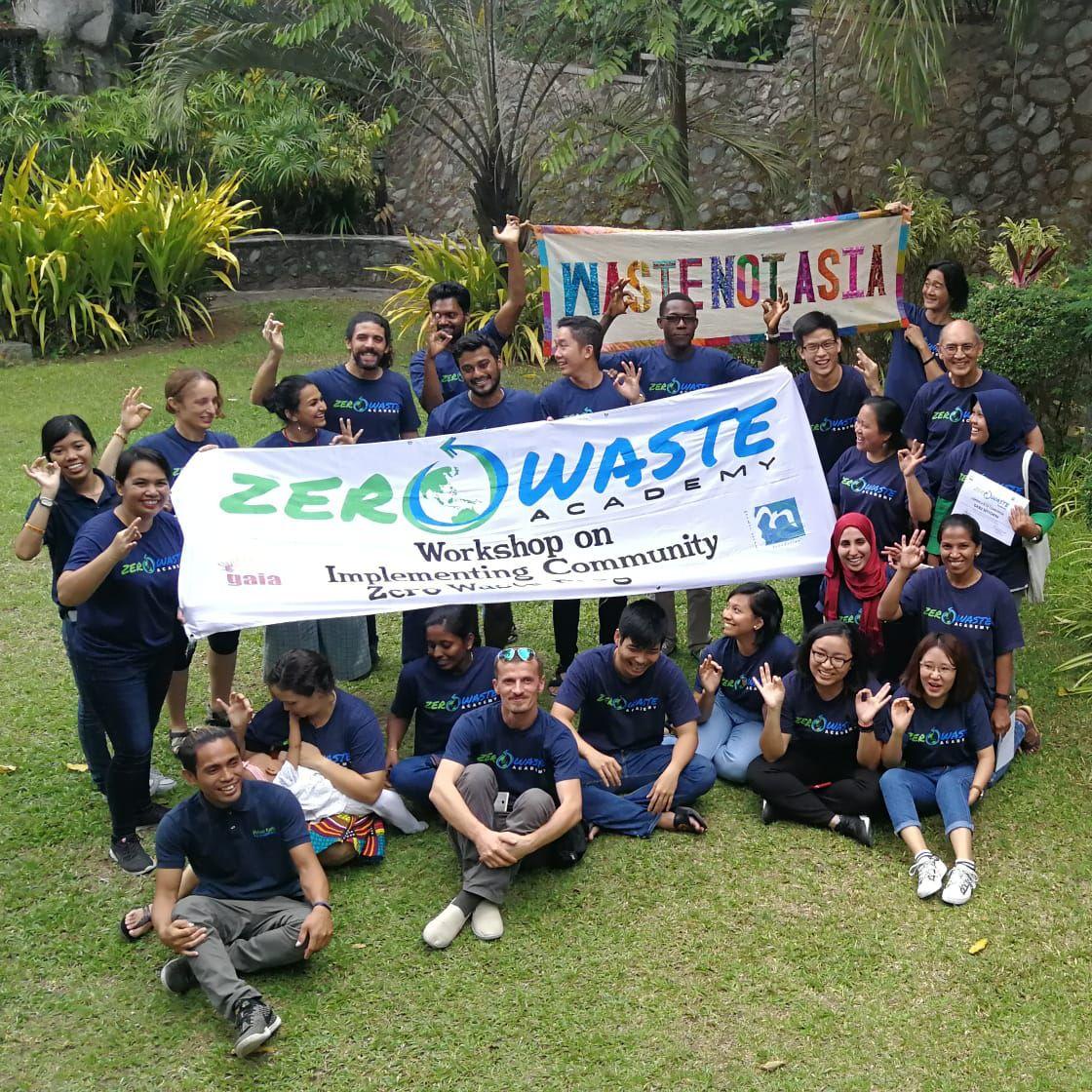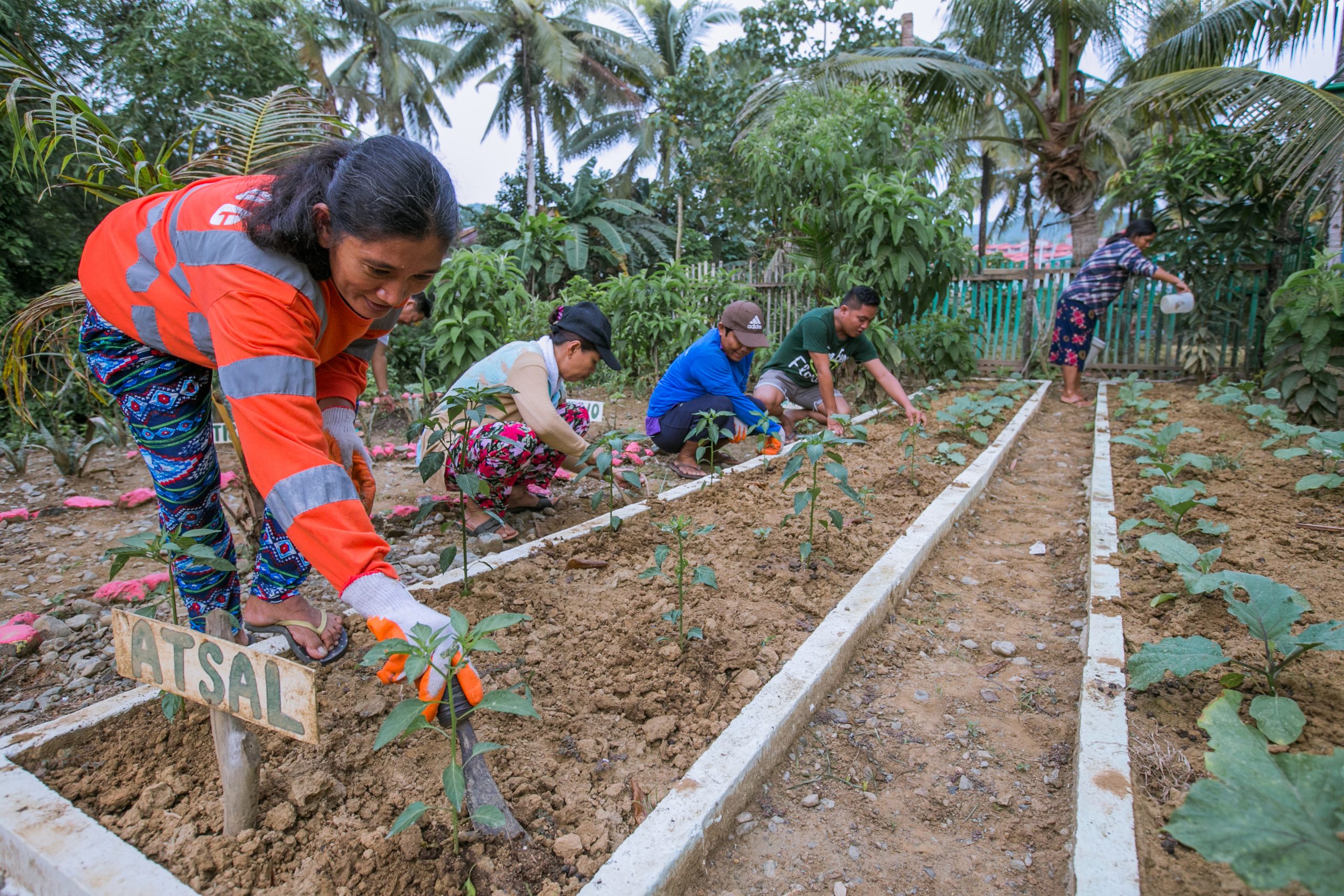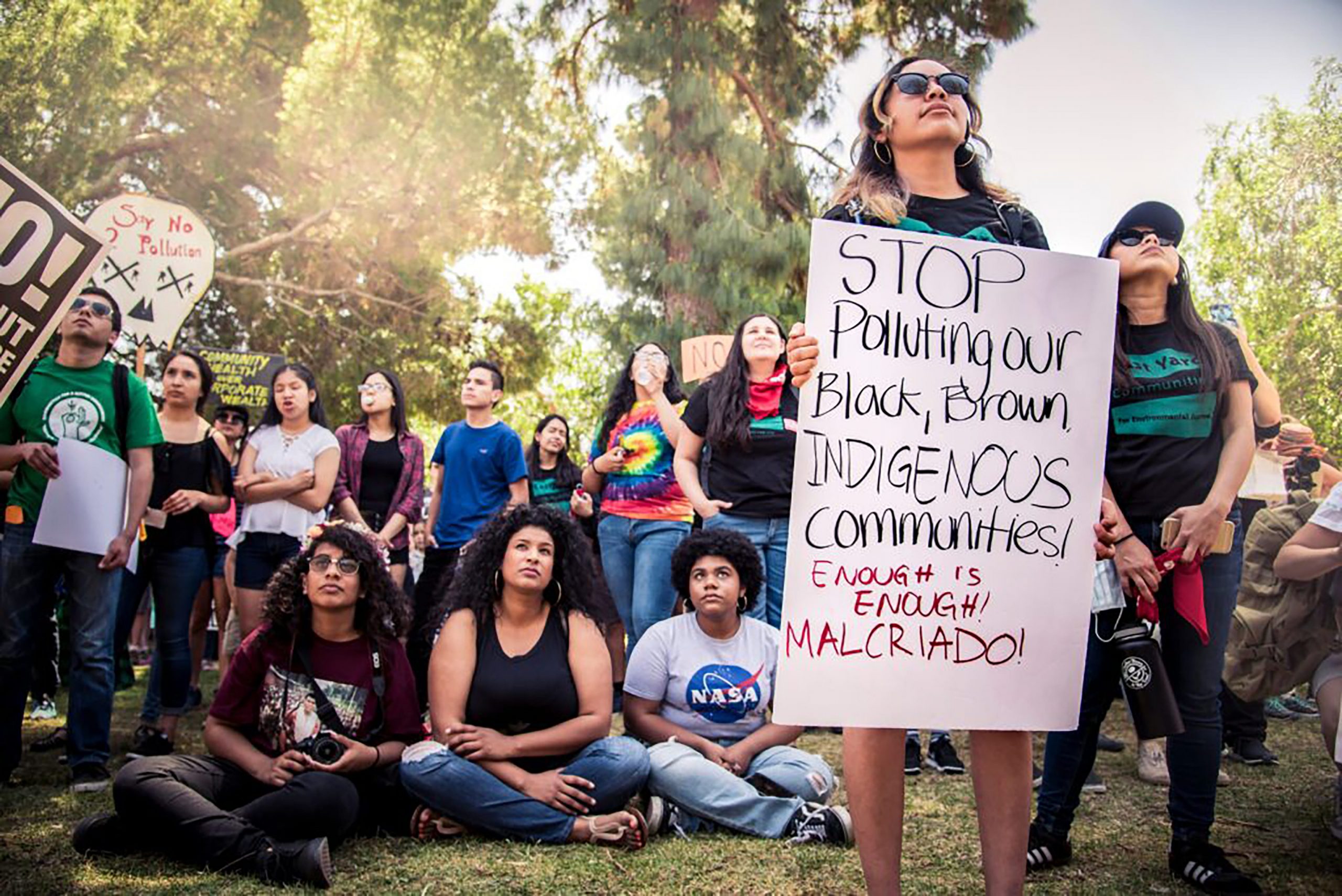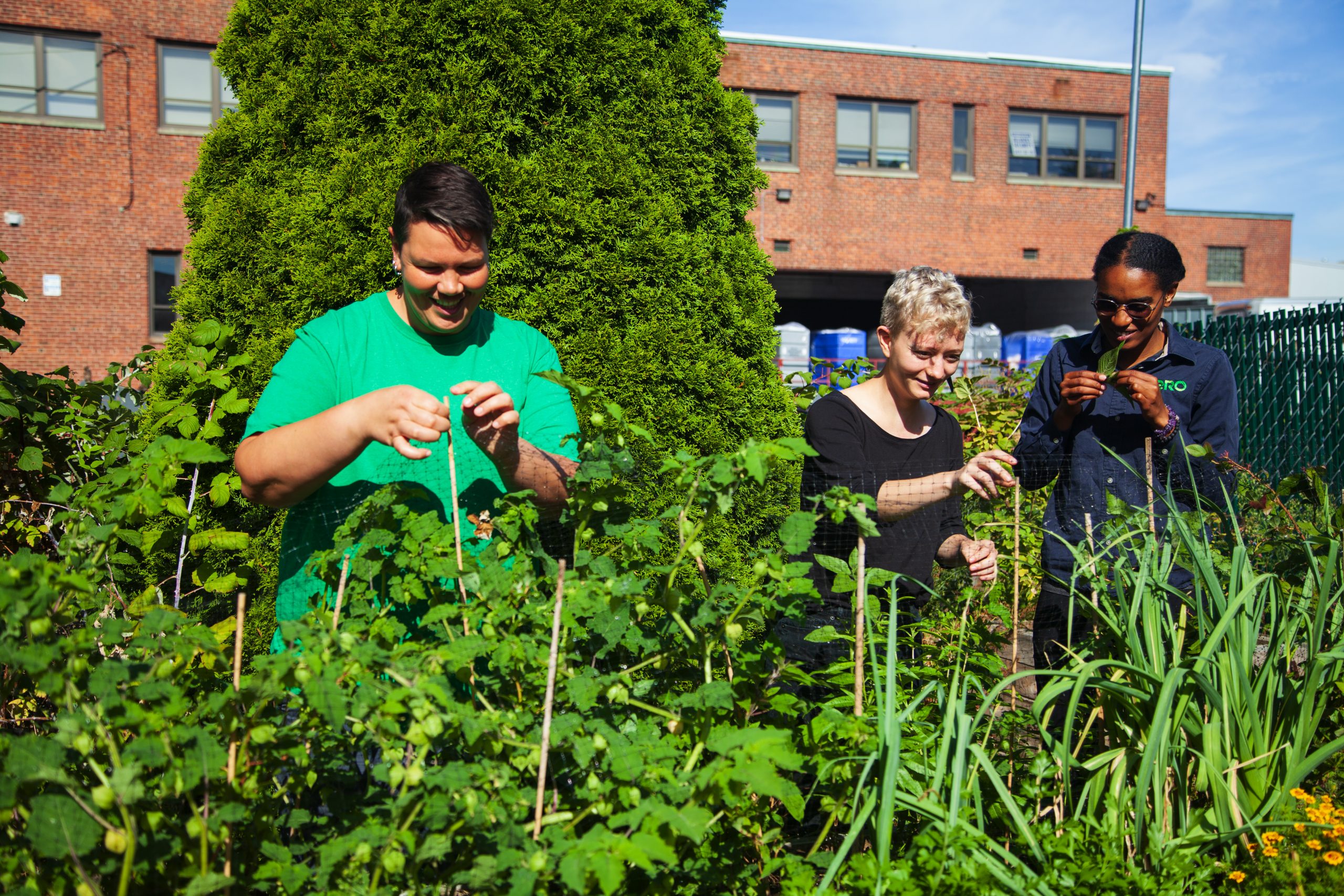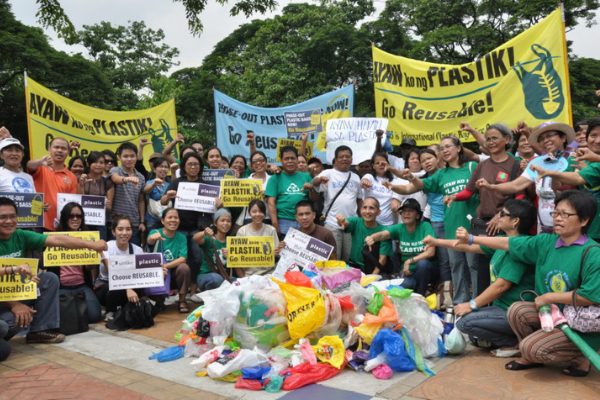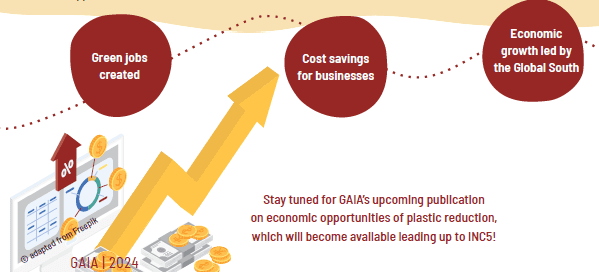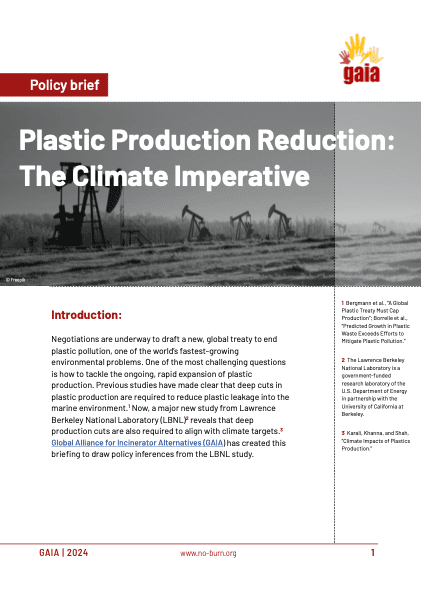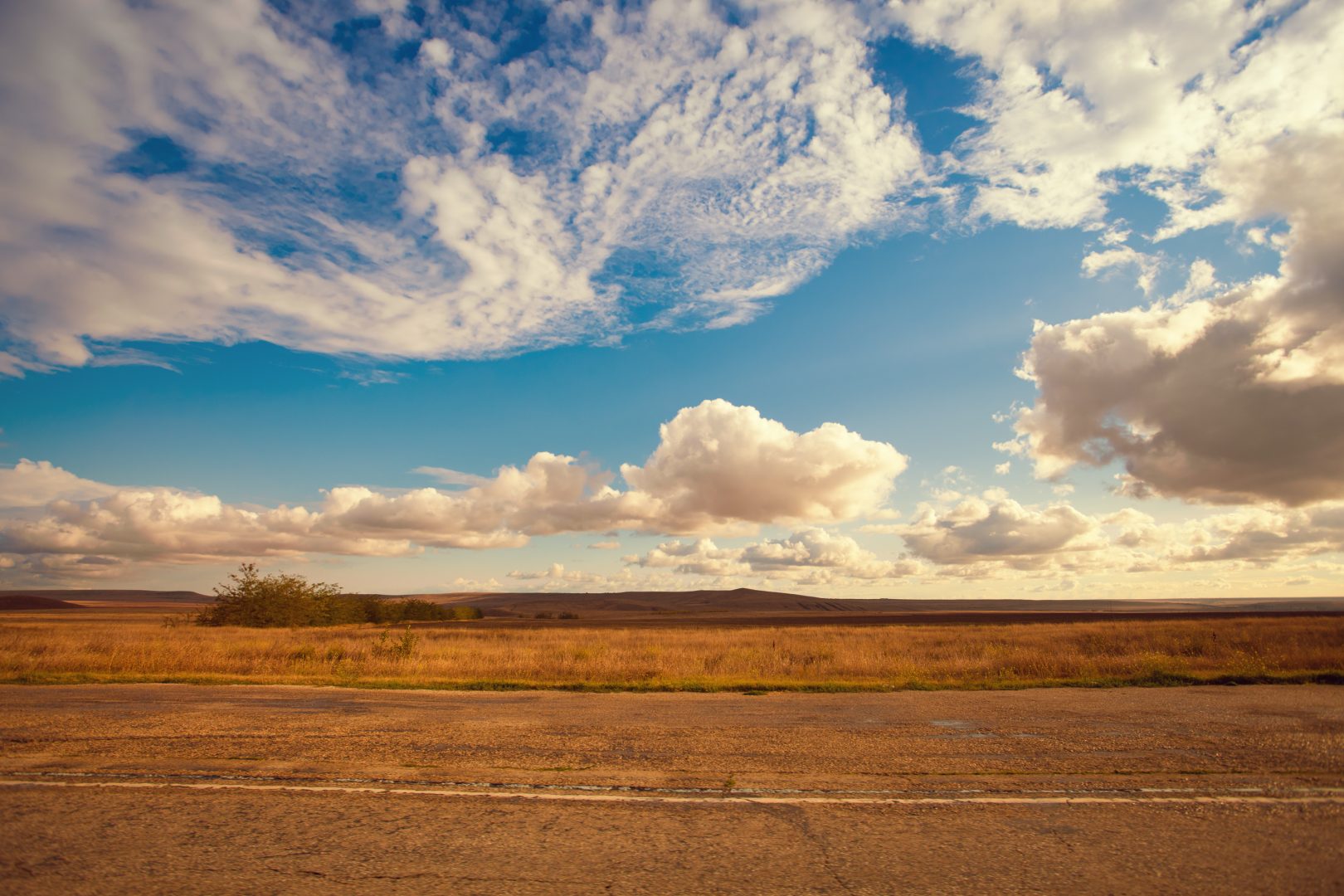O município de León Cortés está localizado na região montanhosa de Los Santos, com o nome dos distritos principais dos três municípios da região (Santa María de Dota, San Marcos de Tarrazú e San Pablo de León Cortés), os quais são muito próximos. Os municípios possuem baixa densidade populacional porque ocupam extensos territórios montanhosos (1.400 a 3.200 metros acima do nível do mar). Dota tem 6.980 habitantes, Tarrazú 16.280 e León Cortés 12.200.
A empresa chamada “Agropecuaria 7048” apresentou seu projeto “Resíduos para Energia”, utilizando a técnica de gaseificação, perante várias Câmaras Municipais. O prefeito de León Cortés iniciou as negociações e assim em 2014 solicitou permissão do Conselho Municipal para assinar uma carta de intenção para o Município de León Cortés entregar 17 toneladas para a usina de gaseificação.
O município de Drakenstein está localizado no Município do Distrito de Cape Winelands, na província do Cabo Ocidental da África do Sul. Em 2011, contava com uma população de 251.262 habitantes. O município cobre uma área total de 1.538 quilômetros quadrados no vale do rio Berg, a oeste da cordilheira Boland. De acordo com o município de Drakenstein, “Em média, 42.000 pontos de serviço de remoção de resíduos são atendidos semanalmente e 84.150 toneladas de resíduos sólidos foram descartadas no local de eliminação de resíduos sólidos de Wellington”.
Os municípios sul-africanos estão enfrentando um aumento nos desafios do gerenciamento de resíduos. “O crescimento populacional, a urbanização e o crescimento da renda resultaram no aumento da geração de resíduos, aumentando assim, a pressão sobre os municípios em termos de prestação de serviços e infra-estrutura de gerenciamento de resíduos, incluindo aterros sanitários”. Em meio a esses desafios, os municípios são frequentemente apresentados com falsas soluções para a crise de gerenciamento de resíduos, que são soluções de fim de tubo, que não abordam a questão na fonte. Uma dessas soluções tecnológicas rápidas é a incineração de Resíduos para Energia (WTE).
A região de Araucanía no Chile, especificamente a cidade de Lautaro, na província de Cautín, foi escolhida em 2016 pela empresa WTE Araucanía SPA para propor a instalação de um incinerador de resíduos com capacidade para tratar 200 mil toneladas/ano de resíduos, inicialmente para tratar os resíduos da capital regional Temuco, e posteriormente de toda a região. Hoje a região gera 306.000 toneladas/ano, pelo menos metade deste volume, que corresponde ao município de Temuco, é transportada para a região de Bio Bio, a um custo de 453.000 USD por mês para o município.
Felizmente, desde então, os cidadãos nada mais fizeram do que se informar e aprender sobre as consequências que este tipo de projeto poderia ter em seus territórios, trabalhando ativamente para repudiá-lo, o que levou a que o projeto fosse rejeitado pela governança local.
Barueri é um município do Estado de São Paulo localizado no oeste da região metropolitana, com uma área de 64,2 km2, e uma população estimada em 2021 de 279.704 habitantes. É uma cidade orgulhosa de sua história, que data do Brasil colonial, fundada em 1560 pelo padre José de Anchieta Anchieta. Hoje tem um grande potencial turístico para a economia local. Embora pitoresco, o setor sofre impactos ambientais significativos e, portanto, é classificado como uma “zona de grave saturação”, dada a existência de uma estação de tratamento de esgoto para 17 milhões de pessoas; uma estação de tratamento de lixo espacial, um aterro público e a destruição da Lagoa de Carapicuíba.
A história da instalação do que seria o primeiro incinerador municipal de resíduos sólidos no Brasil data de 2010. A concessão foi dada à Foxx, agora chamada Fox-URE-BA, com o objetivo de queimar os resíduos não apenas de Barueri, mas também dos municípios vizinhos de Santana de Parnaíba e Carapicuíba. É proposta a incineração de 870 toneladas por dia. A empresa ofereceu o uso de tecnologia de ponta da Europa para filtrar partículas, bem como um processo de monitoramento dessas emissões que estaria disponível publicamente. O investimento está estimado em quase US$ 15 milhões, que seriam financiados em parte pelo Banco Mundial e pela Corporação Financeira Internacional (IFC). A empresa tem o apoio da Secretaria de Meio Ambiente de Barueri e da Prefeitura de Barueri em seu processo de licenciamento.
In 2012, the Drakenstein municipality signed a Memorandum of Understanding (MOU) with Interwaste, a waste management company, to construct a municipal waste incinerator to address the municipalities waste issues.
The resistance to this municipal incinerator involved several key actors, this included the Drakenstein Environmental Watch (DEW), Wellington Association Against the Incinerator (WAAI), groundWork (gW), South African Waste Pickers Association (SAWPA), GAIA, community residents, vulnerable groups that
would have been affected by the project, water experts, engineers and legal clinics were just some of the agents that supported the resistance of the municipal waste incinerator.
This paper, meant for city and municipal officials, gives a brief introduction to incineration. It aims to inform readers about the technical basics
of incineration plants and their pitfalls and equip them with questions to ask when they are faced with incinerator proposals. Aside from being a guide for officials faced with incinerator proposals, this paper hopes to help decision-makers aim for long-term directions toward sustainability and advocate for better and safer resource and waste management systems in their localities.
The cement industry is a major contributor to climate change. The production of cement, the second most consumed product in the world after water, is one of the most energy-intensive industrial processes. This report presents the false solutions of the cement industry in the fight against climate change with a special focus on Spain, where civil society is taking the lead in the reporting of cement plants’ wrongdoing. The Coordinadora Anti-incineración de Residuos en Cementeras, a network of local groups that are fighting waste incineration in cement kilns,
has collected first-hand information of the many affected communities are paying the cement traps with their health and future of their economies.
This report uses independent empirical research to evidence that incinerator bottom ash is insidiously hazardous and under-regulated. Risk is heightened by the fact that testing methods for its use as a building material are outdated. A list of fifteen concerns for public health and safety is provided in relation to the use of waste incinerator bottom ash in cement-based products and as road/pathway aggregate. Calls for the support of its use within a circular economy are premature, and, as per the precautionary principle, all ongoing usage should cease. Examination of independently analysed bottom ash provides a diagnostic on the operational steady state of waste incinerators, incidentally raising concerns about operational compliance with emissions legislation and the capacity of incinerators to produce benign bottom ash when fed with municipal solid waste.
Burning waste emits climate pollution and other toxic chemicals, and is the least energy efficient and most costly method of energy production. A plastics treaty must adopt a moratorium on new incinerators and encourage a roadmap to phase out all existing incinerators by 2030.
